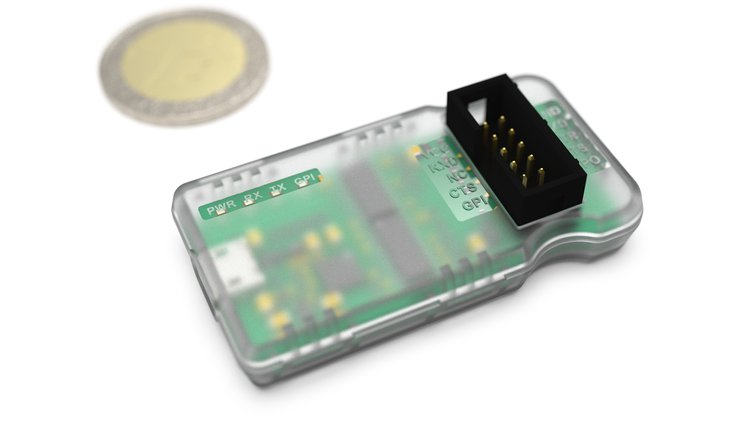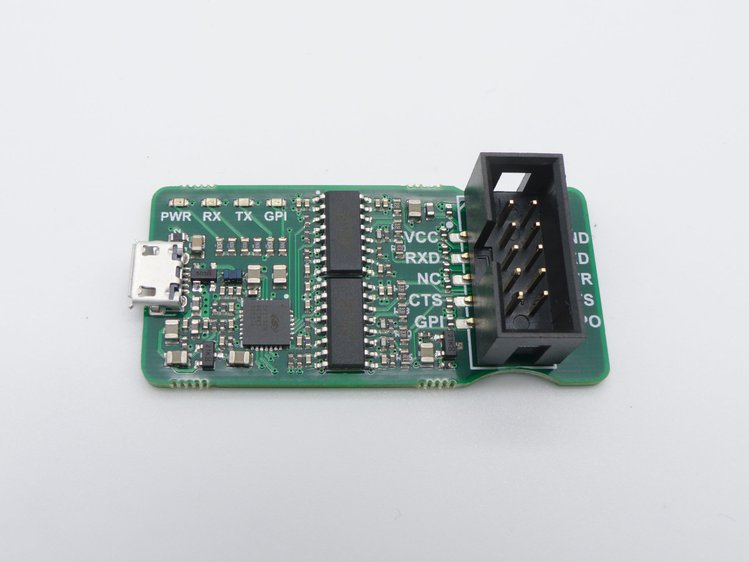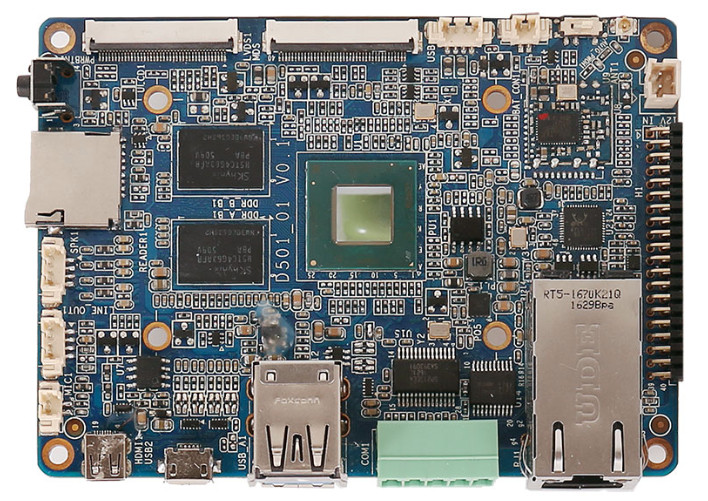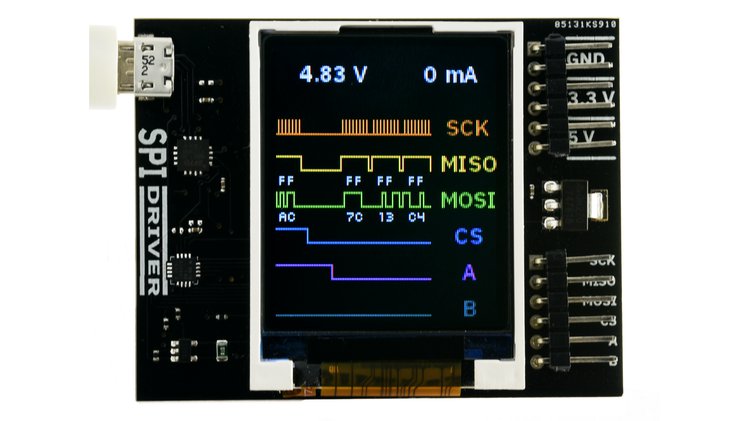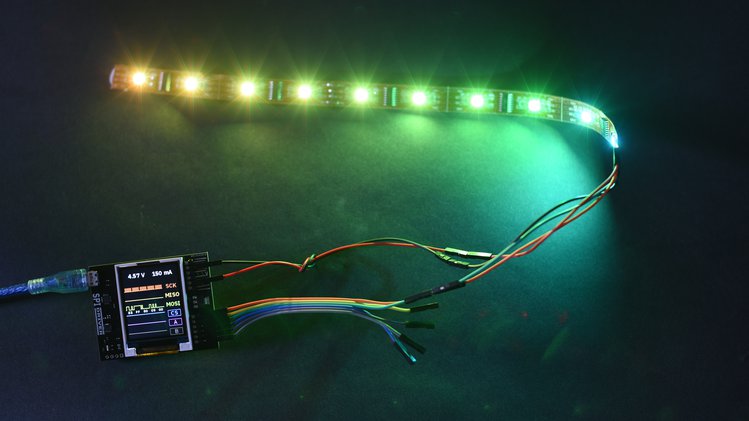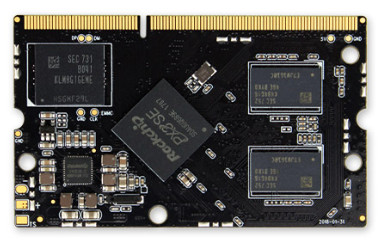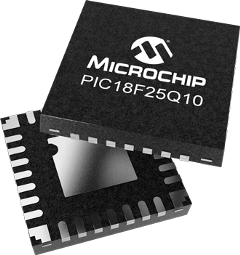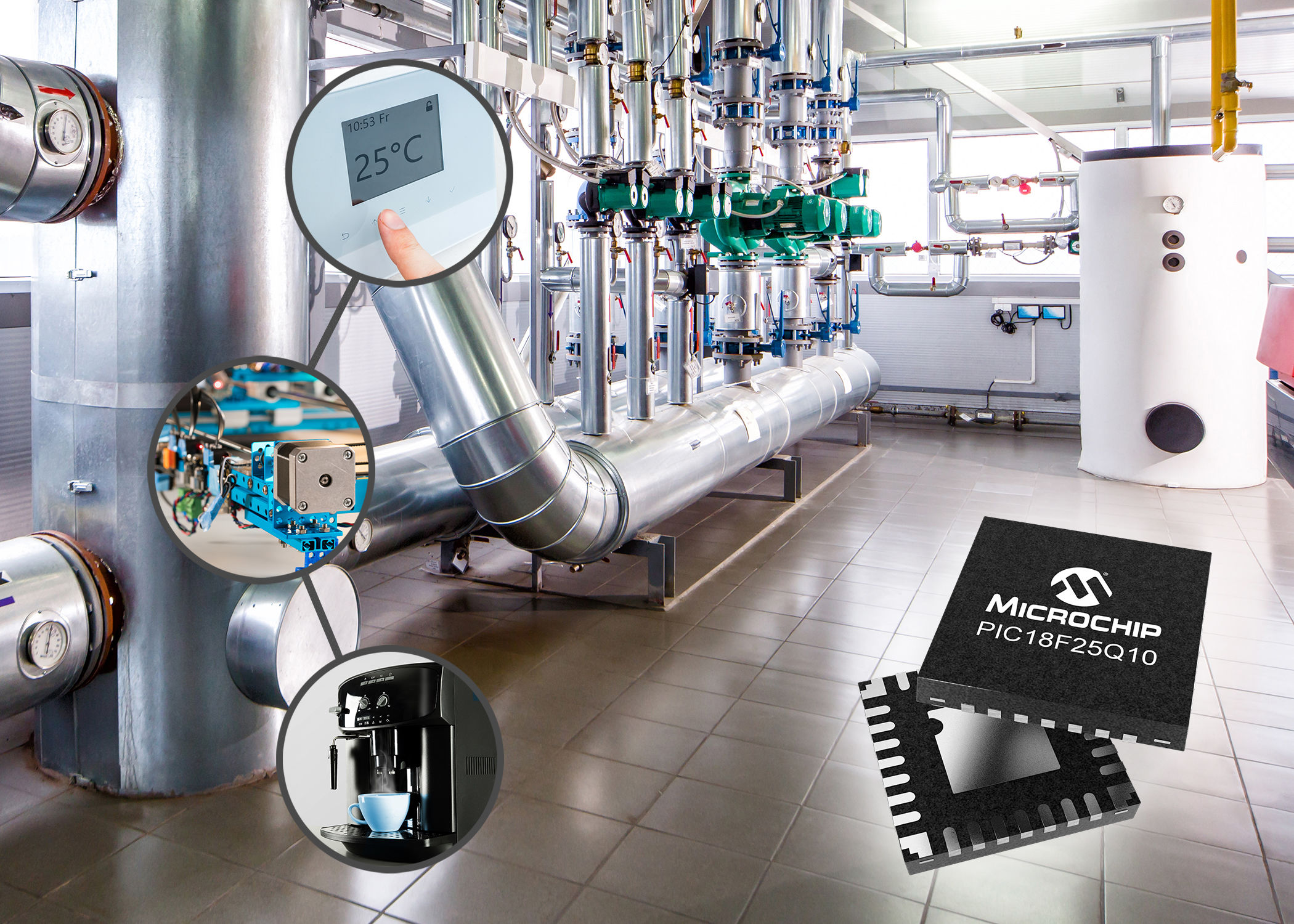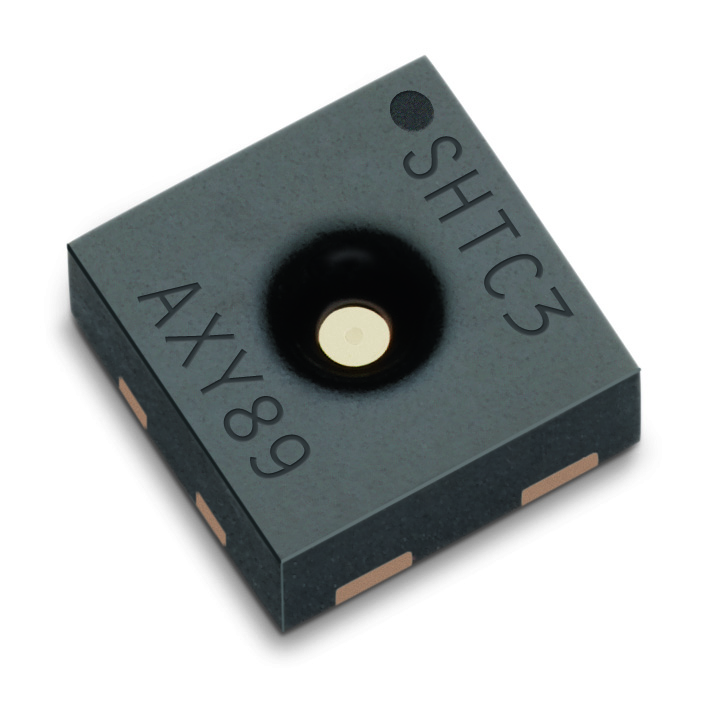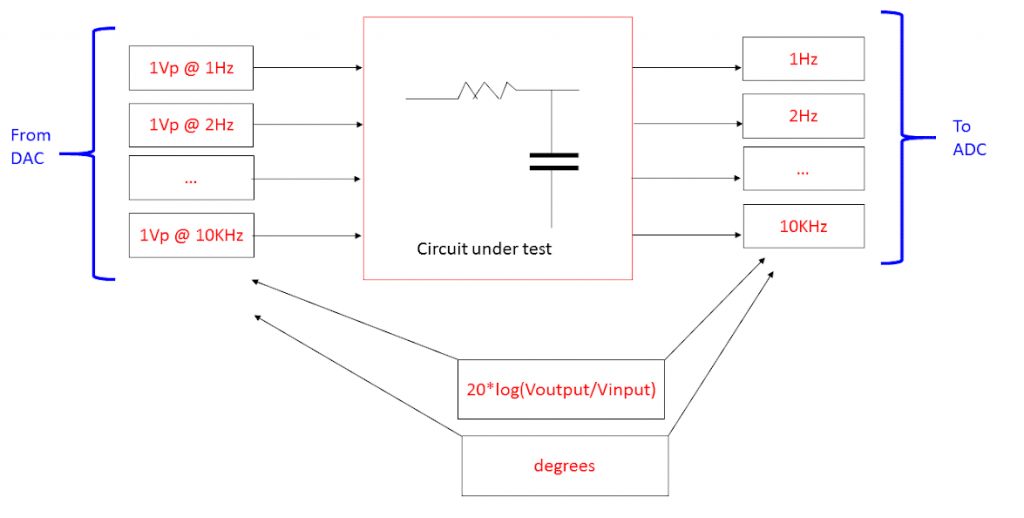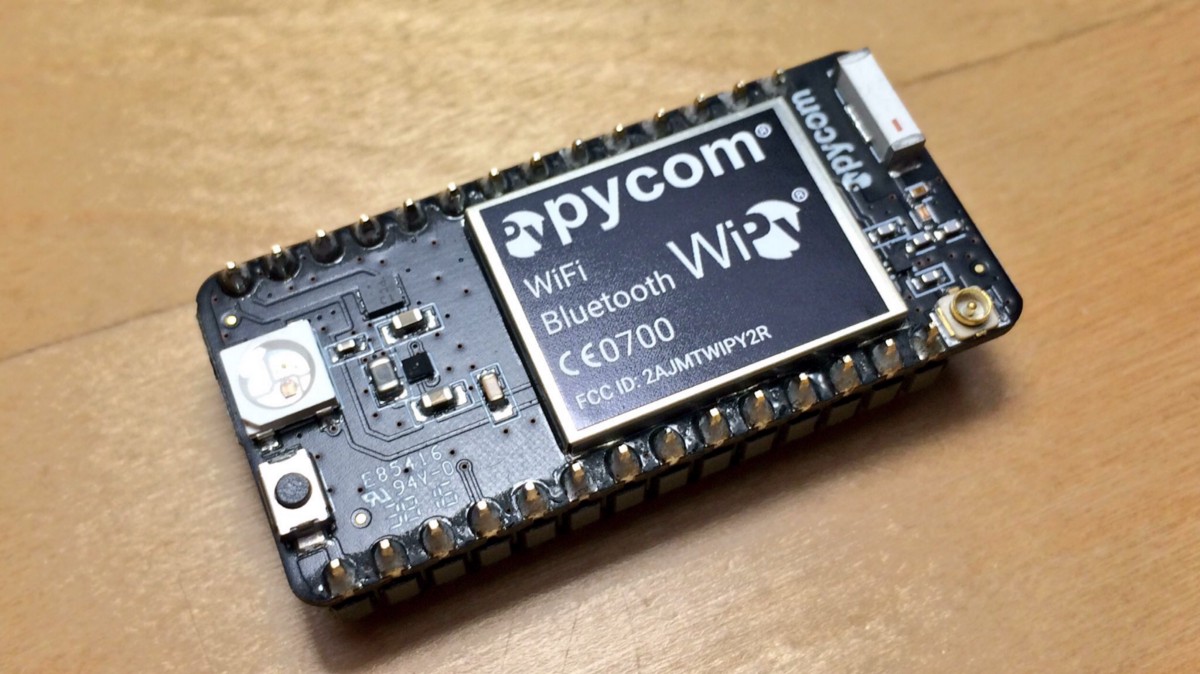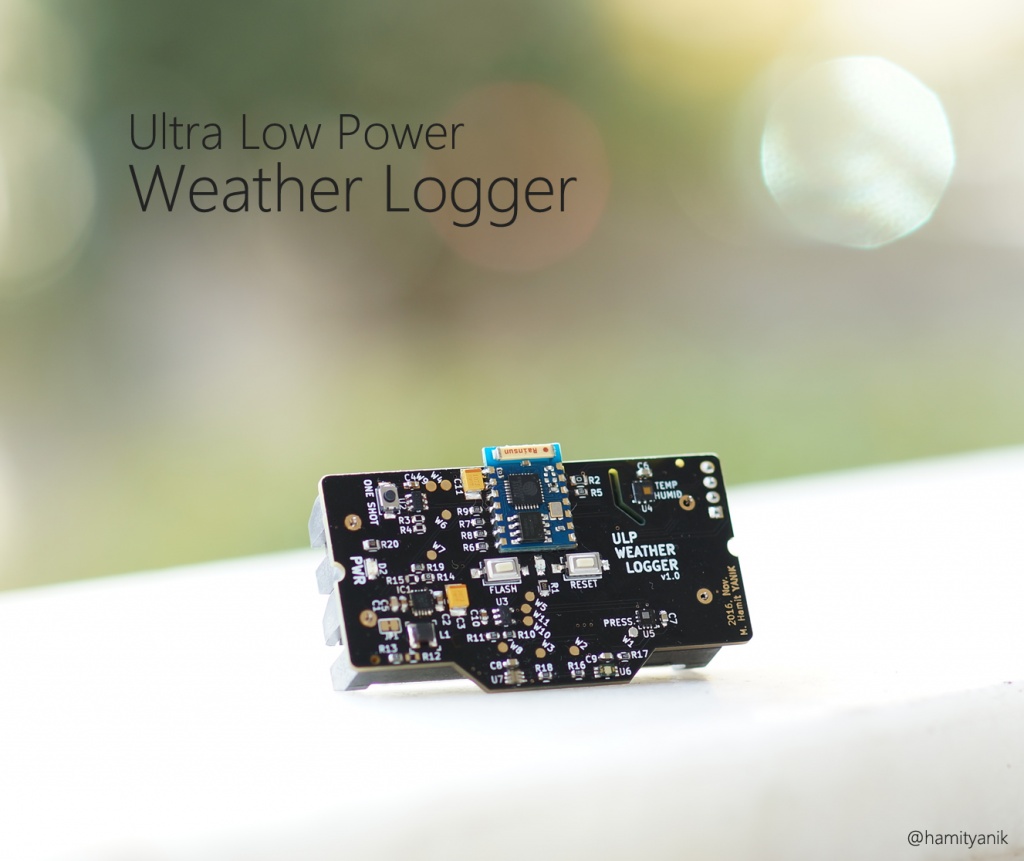Coming soon to Crowd Supply is the ultimate USB-UART converter. μArt is a device that offers safe and reliable USB-to UART conversion. The voltage levels, electric potentials, and communication speeds are no longer a concern, and it can be used for data exchange or for Programming Arduino or ESP. μArt was designed for enthusiasts and professionals and for users in general who want to save money, time, and hardware without compromising quality.
The device has the size of two coins and was designed to tolerate user’s mistakes without getting damaged or damaging the connected hardware.
The device features a working voltage of 1.8 to 5.4, up to 3 Mbaud transfer speed, complete galvanic isolation, reverse polarity protection, pullups on all inputs, voltage autosensing, cross platform support, GPIO pins, LEDs etc. The complete features can be found on this website.
All characteristics mentioned before make it perfect for working with computers, microcontrollers, FPGAs, and low power electronics. Also, it is fast enough for transferring high quality stereo audio.
The safety features protect your computer and other hardware, and it protects the device even if you mix up the power pins.
μArt also includes characteristics that make it more efficient. It helps avoid noise because of the filters and isolation and the converter will automatically use the correct voltage levels for UART communication.
Regarding design, the device its very user friendly and many features were added to avoid mistakes. For example, the four LEDs indicate power, RX/TX activity and feedback about the connected device, it also has readable labels which minimize user errors. It is compact and comes with a transparent case that give mechanical and electrical protection. Finally, μArt has cross platform support with drivers for Windows, Linux, MacOS etc.
All of this in a small device that provides reliable and safe functionality. The device will probably be a success when it launches in crowd supply, but we have yet to see how it performs and all the applications that it will have. There is still no date for the launch, but you can sign up to be notified when it does in the crowd supply website.
UPDATE 08/08/2018: The campaign is launched on crowdsupply and back is starting from 32USD.



